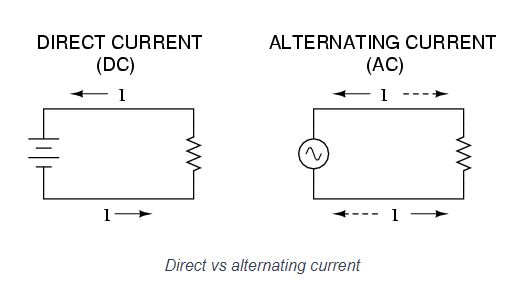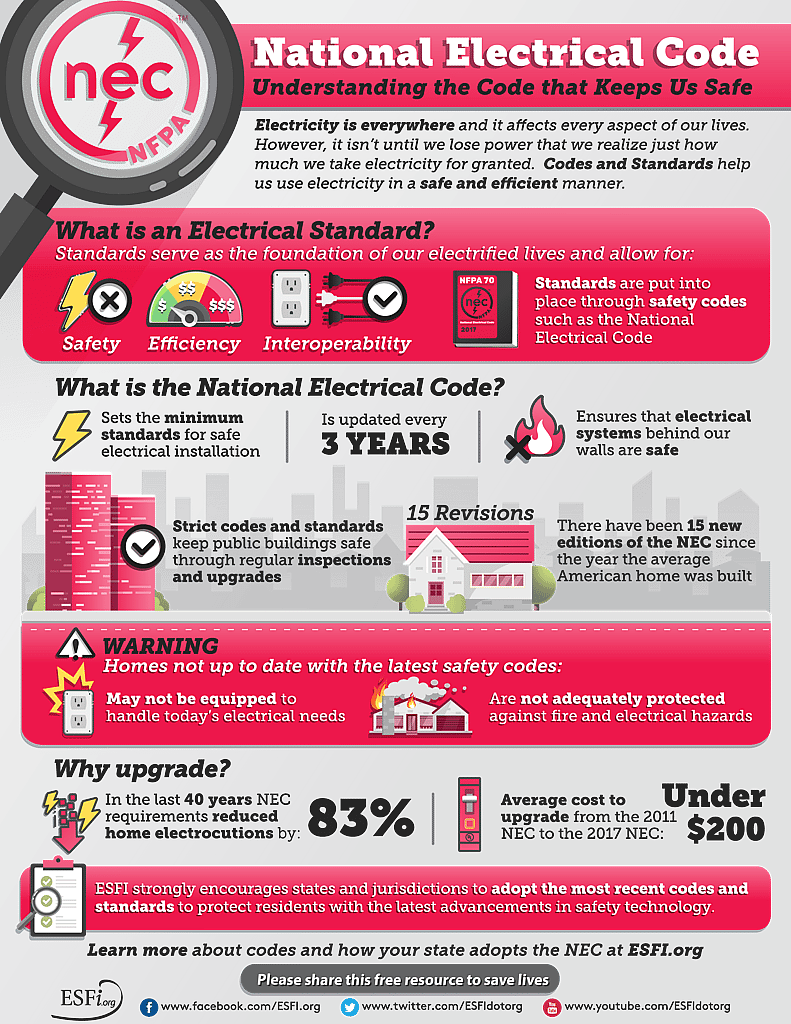Understanding the Safety of Power over Ethernet
In the realm of technological advancements, Power over Ethernet (PoE) has evolved significantly since its inception, introducing efficiency and simplicity into network design. Starting with Type 1 PoE (IEEE 802.3af) introduced in 2003, delivering up to 15.4 W, and advancing to Type 2 PoE (PoE Plus) that delivers up to 30 W, the journey of PoE has been revolutionary. However, the introduction of four-pair Type 3 and Type 4 PoE in 2018, delivering 60 W and 90 W respectively, has stirred discussions regarding the safety of PoE, especially with the revision of the National Electric Code to address these higher power levels.
AC vs. DC Power
Understanding the distinction between AC and DC power is crucial when discussing PoE's safety. While AC power alternates back and forth, creating a wave-like pattern, DC power flows in one direction, depicted as a flat line. This fundamental difference impacts how dangerous each type of power can be. AC power, with its alternating nature, poses a greater risk, potentially causing atrial fibrillation upon shock. On the other hand, DC power, while still dangerous at high levels, primarily causes convulsive contraction. Factors such as body resistance, which varies with humidity, skin thickness, and other personal characteristics, play a significant role in the severity of electric shock.

What Does that Mean for PoE?
PoE operates within the safety extra low voltage (SELV) range, typically injecting 48V DC into cables. This voltage level is generally considered safe, reducing the likelihood of shock from a disconnected cable. The handshake protocol between the power sourcing equipment (PSE) and the powered device (PD) further enhances safety by ensuring power is only delivered upon successful communication. This protocol contrasts sharply with standard AC power outlets that continuously supply power.
There’s Always a But
Despite its safety, PoE's handling of power levels above 60 W is addressed in the NEC due to potential heat generation within cable bundles. This heat can lead to cable degradation and loss of signal, posing a life safety issue. The NEC's regulations, including specifying cable bundle limits and the use of Limited Power (LP) cable, aim to mitigate these risks.
AC Power Dangers and DC Power Safety
The debate over AC vs. DC power safety has long been settled, with DC power considered less hazardous. This understanding lays the foundation for PoE's safety profile. However, the introduction of higher power levels through Type 3 and Type 4 PoE has necessitated a closer examination of PoE's safety, particularly concerning heat generation and its impact on cable integrity.
The Role of the National Electric Code
The NEC's involvement in setting standards for PoE installations above 60 W highlights the importance of regulation in maintaining safety. These standards ensure that as PoE technology advances, it does so within a framework that prioritizes user safety and system reliability.

SELV: A Key to PoE's Safety
The classification of PoE-enabled ports as SELV is a testament to the inherent safety of PoE technology. By operating at voltages considered safe from shock, PoE aligns with best practices in electrical safety.
The Importance of Handshake Protocols
The handshake protocol between PSE and PD is a critical safety feature of PoE, preventing accidental power delivery. This protocol ensures that power is only applied when it is safe to do so, reducing the risk of electric shock.
Challenges in Cable Management
While PoE is safe from an electrical perspective, the NEC's focus on cable management practices for installations delivering 60 W or higher highlights the physical challenges associated with PoE. Effective cable management is essential to prevent heat accumulation and ensure reliable data transmission.
Fire Safety in PoE Installations
Discussions on fire safety relate to the worst-case scenarios where high-power PoE is used extensively without adequate cable management. These discussions underscore the need for adherence to NEC regulations and best practices in cable installation.
Power over Ethernet has not only revolutionized the way we think about network design but also raised important questions about electrical safety. From the early days of Type 1 PoE to the advanced Type 4 PoE, the technology has demonstrated a strong commitment to safety, especially with the introduction of handshake protocols and adherence to SELV standards. While concerns regarding heat generation and cable degradation are valid, they are addressed through stringent NEC regulations and best practices in installation. As we continue to embrace PoE for its efficiency and simplicity, it's clear that safety remains a top priority, ensuring that this technology can be used confidently in various applications.
For those looking to implement PoE in their networks, it's crucial to stay informed about the latest safety standards and best practices. Engaging with professionals who understand the nuances of PoE installation and adhering to NEC regulations will ensure that your network is not only efficient but also safe.

